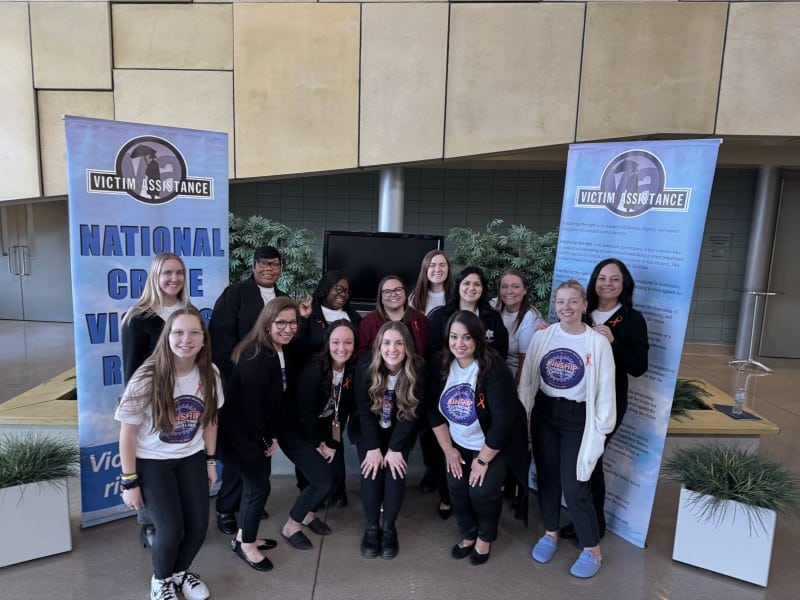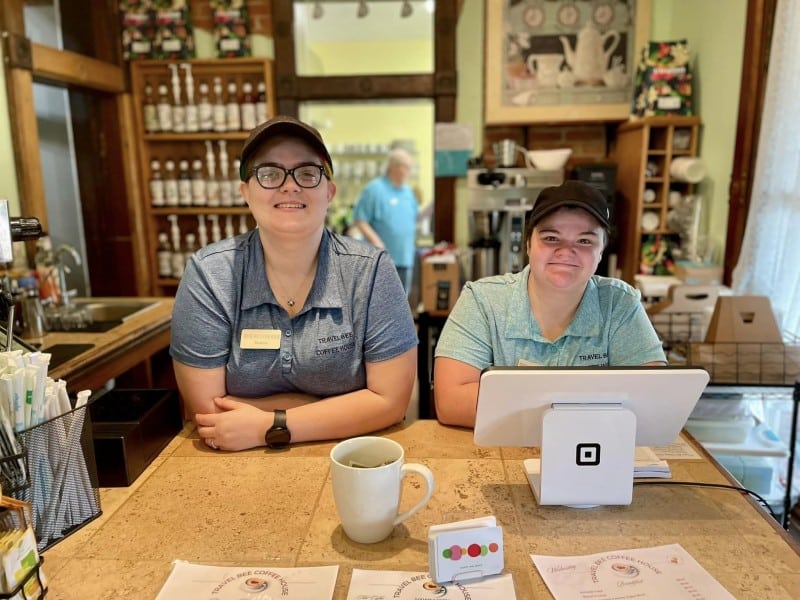How can Fort Wayne improve its remembrance of the Miami people? We ask a tribe representative
Diane Hunter, Tribal Historic Preservation Officer for the Miami Tribe, shares reminders of the Miami people in Fort Wayne and how the city can improve its teaching of local history.
Fort Wayne remembers the historical presence of the Miami (‘My-AM-uh’) people in Allen County in many ways. While there have been several imperfections in the way that the city has memorialized historic Native American sites, there are a handful of prominent reminders of the Miami people throughout the city, too.
We examine a few of those reminders and get advice from a tribe representative on how Fort Wayne can improve its remembrance and teaching of Miami history.
The Chief Richardville House
The Chief Richardville House stands as the most prominent and visible fixture of the Miami presence in Allen County. This Greek Revival style home was built in 1827. According to the historic preservation nonprofit ARCH, the building is now recognized as the “oldest Native American structure in the Midwest and a unique example of a treaty house.” It was added to the National Register of Historic Places in 2012.
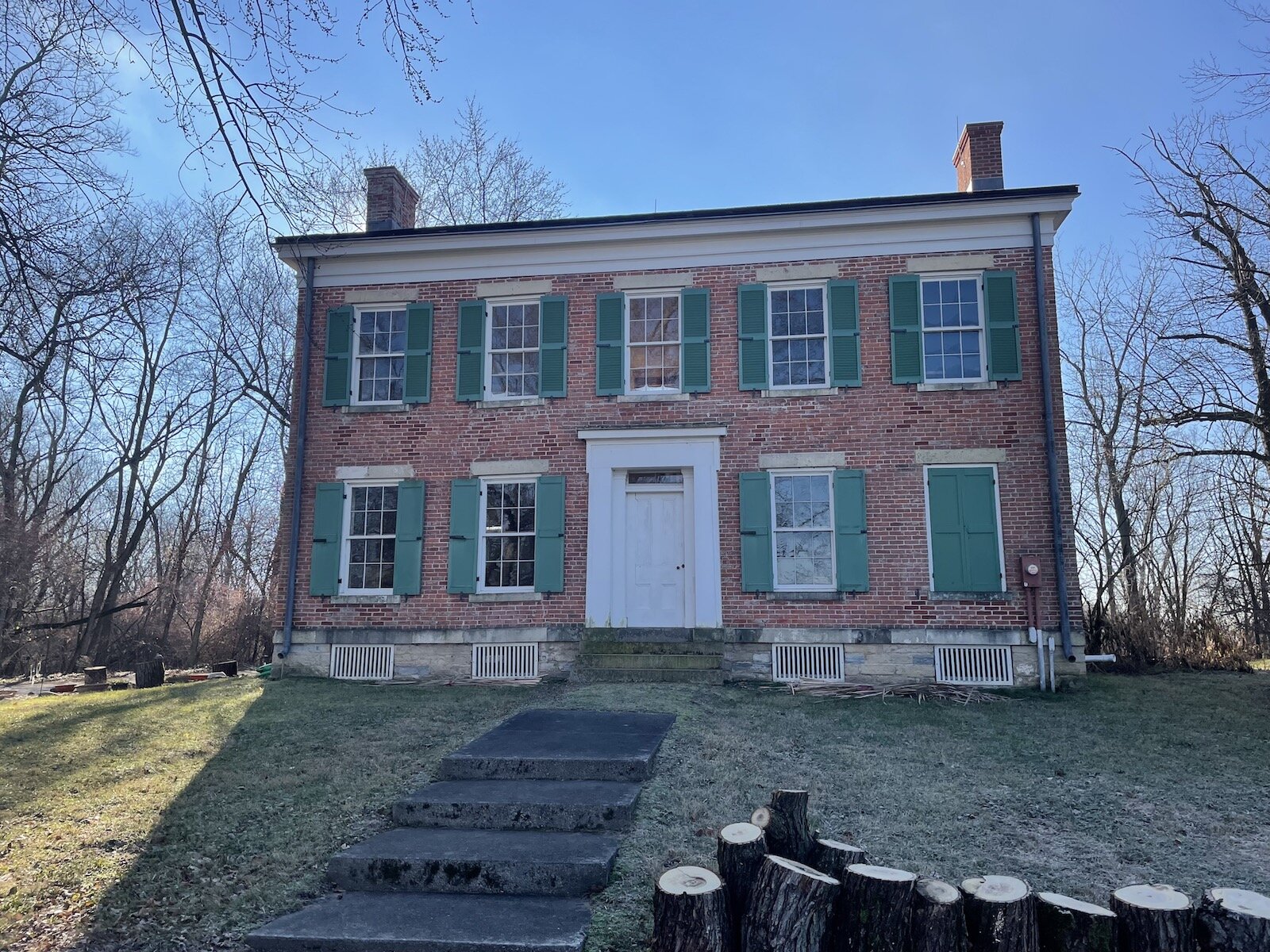
Diane Hunter, Tribal Historic Preservation Officer for the Miami Tribe, says the house is “wonderful” because of the home’s authenticity. Hunter’s job is to “preserve and protect places of historic and cultural significance to Miami people.” This includes sharing the history of the Miami.
“We have preserved his actual home,” Hunter says. “And very few of those treaty houses still exist. There were many at one time, but it’s one of the very few that still exists.”
Hunter also mentions that the home’s preservation allows for the Fort Wayne History Center to share not only the history of Chief Richardville, but also the overall history of the Miami, as well.
Chief Little Turtle’s Grave
A site North of Downtown serves as a solemn, yet largely unmarked site of Miami history. Little Turtle’s grave was rediscovered in the 1910s by crews building a home off of Spy Run Avenue. Today, a small park memorializes the chief in this location on Lawton Place. This memorial park, however, sits on an area that contains much more history than is immediately apparent.
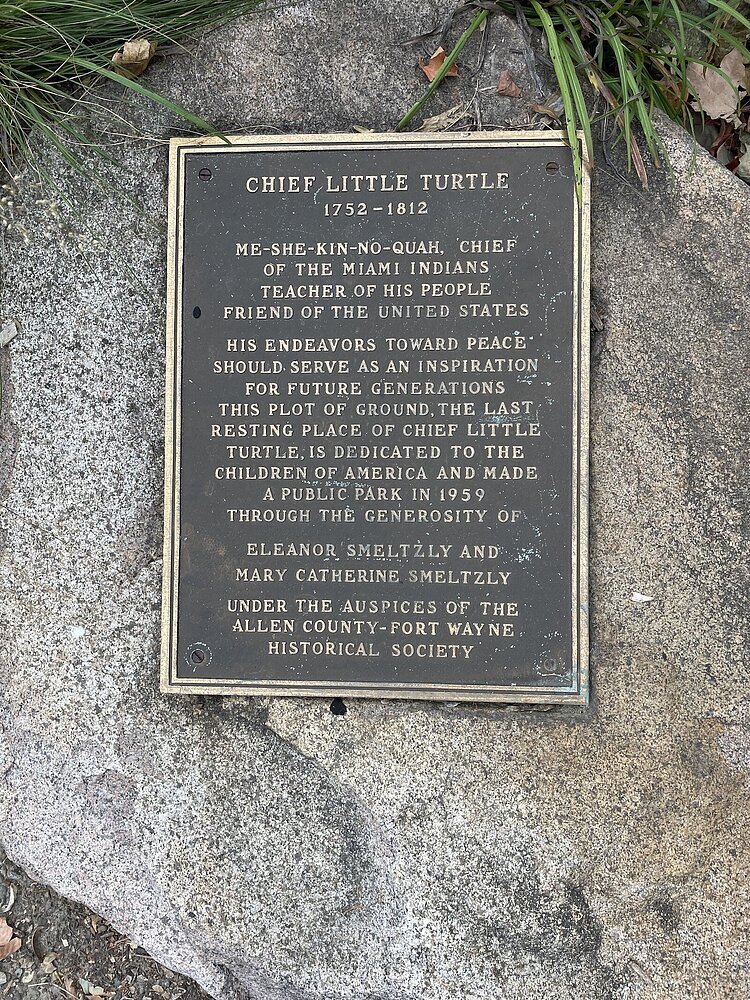
The area surrounding the late chief’s grave is the site of many more Miami burials, although several houses were built on top of the cemetery. Hunter says that, while she is grateful Little Turtle’s grave has been marked, she would like to see the area remembered for the cemetery, as a whole.
“That spot—that whole area—was a burial ground,” Hunter says. “It was a cemetery for many, many Miami people. I think it would be really important to acknowledge that fact—that many Miami people were, and perhaps are, buried there.”
The Allen County Courthouse
The Allen County Courthouse was built between 1897 and 1902 and was one of many courthouses built in the area. A lot of local historical symbolism is featured throughout the building, and it memorializes some of the most important individuals in the history of Allen County. Among the prominent eight busts featured on the outside of the building are Chief Little Turtle and Tecumseh, both leaders of Native American populations present in the area in their time.
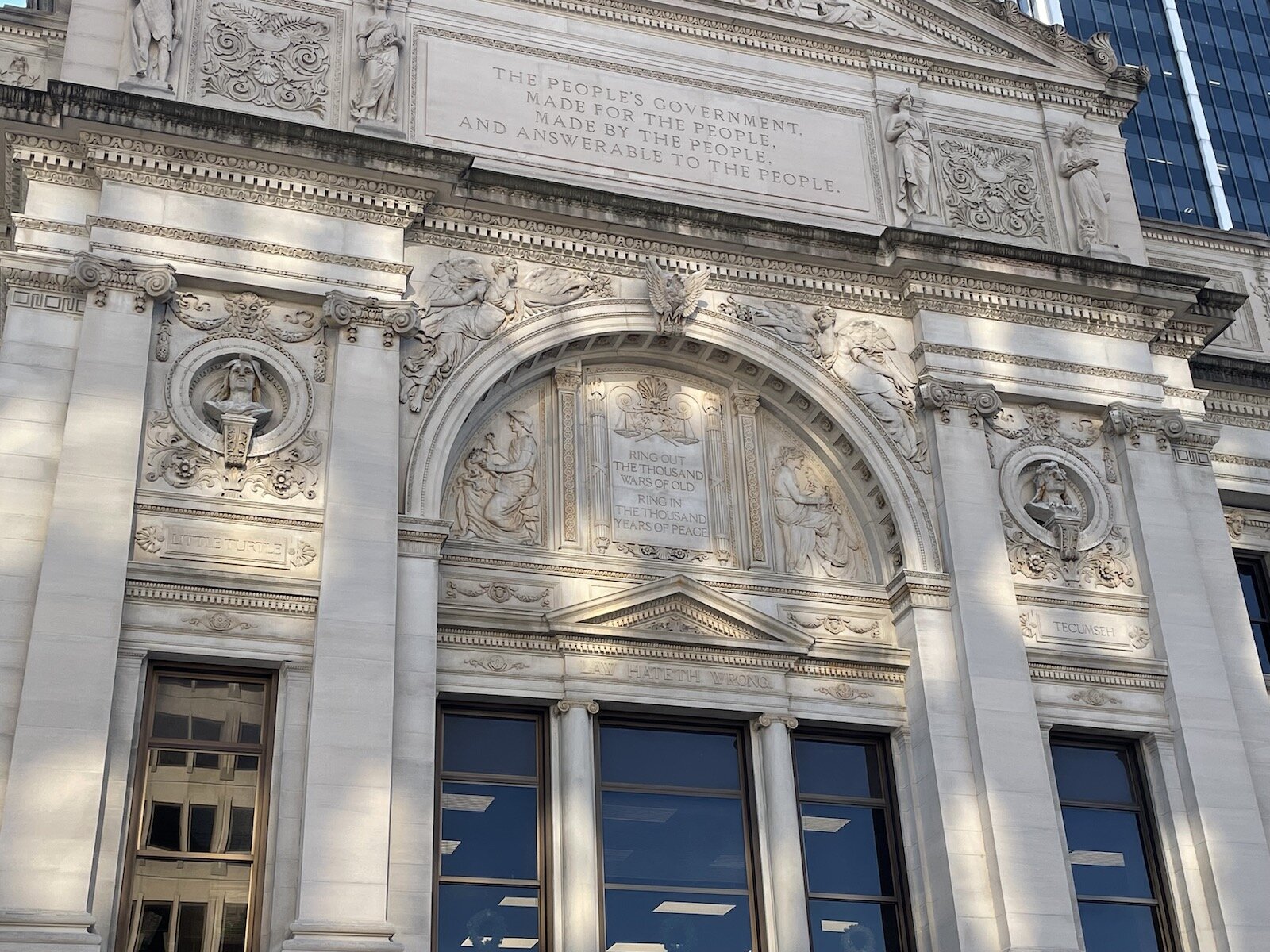
Carvings within the courthouse also highlight certain aspects of the historical Miami presence in Allen County. According to Robyn Zimmerman, Executive Director at Allen County Courthouse Preservation Trust, these carvings were likely completed during the time crews were constructing the building.
Among these is a carving of the military burial of Chief Little Turtle. This is of particular note, however, as the precise location of his grave was rediscovered more than a decade after the courthouse was completed.
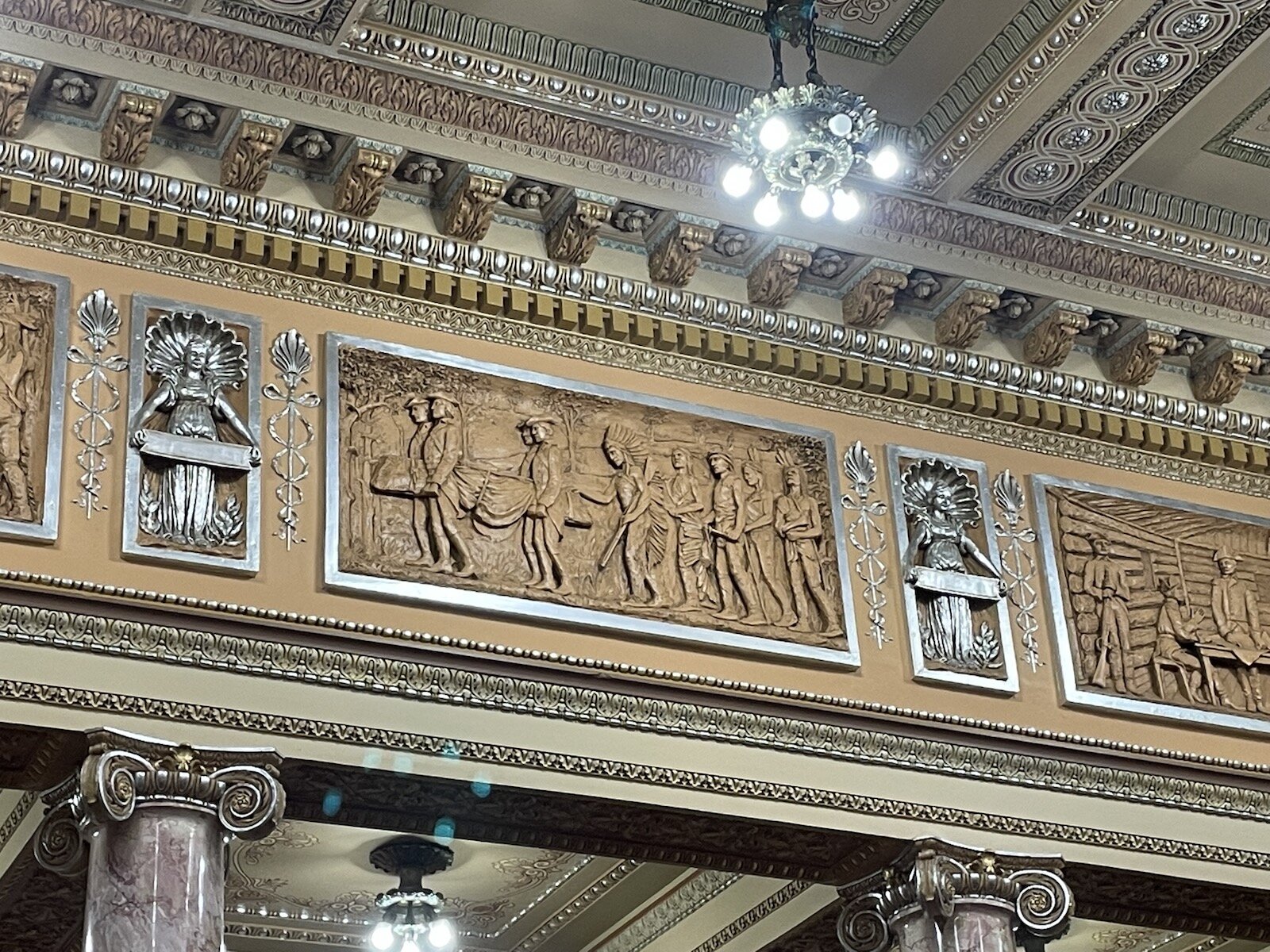
Gen. Anthony Wayne equestrian statue
You might also be surprised to discover that the Gen. Anthony Wayne equestrian statue in Freimann Square also honored both Little Turtle and Tecumseh until the 1970s. The statue was originally located in John Nuckols Memorial Park (then Hayden Park) and sat on a large granite base. This base contained three metal sculptures—two of which were of Chief Little Turtle and Tecumseh.

The Wayne, Little Turtle, and Tecumseh sculptures stood together at the park until the 1970s when part of the structure was moved to a more central location in the city. When this move was completed, however, the base of the statue containing the Native American leaders was not moved to Freimann, according to city officials.
Ultimately, the profiles found themselves at the entrance of the Genealogy Center at the Allen County Public Library where they greet curious minds researching local and family history on the second floor. According to the library, the profiles were saved by local artist Timothy E. Doyle when the base of the sculpture was scrapped in 1985. In 2008, they were purchased and donated to the library by Julie Waterfield.

***
While many of these sites remind people of the history of the Miami, Hunter says that, rather than simply memorializing the history of the Miami, Fort Wayne should make more efforts to teach Miami history and work with the Miami to do so.
“Much of what is believed to be known about Miami people is not accurate, or it’s from a single perspective; It is not ours,” Hunter says. “I would hope that as we go forward that we have more and more opportunities to educate the people of Fort Wayne, the children of Fort Wayne, as well as the community about the history of Miami people here from our perspective.”


